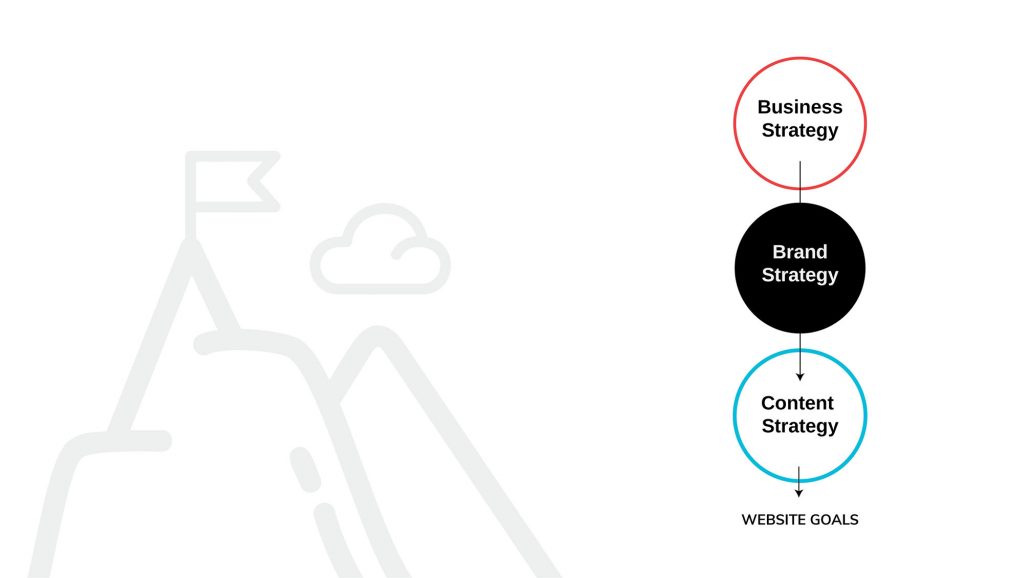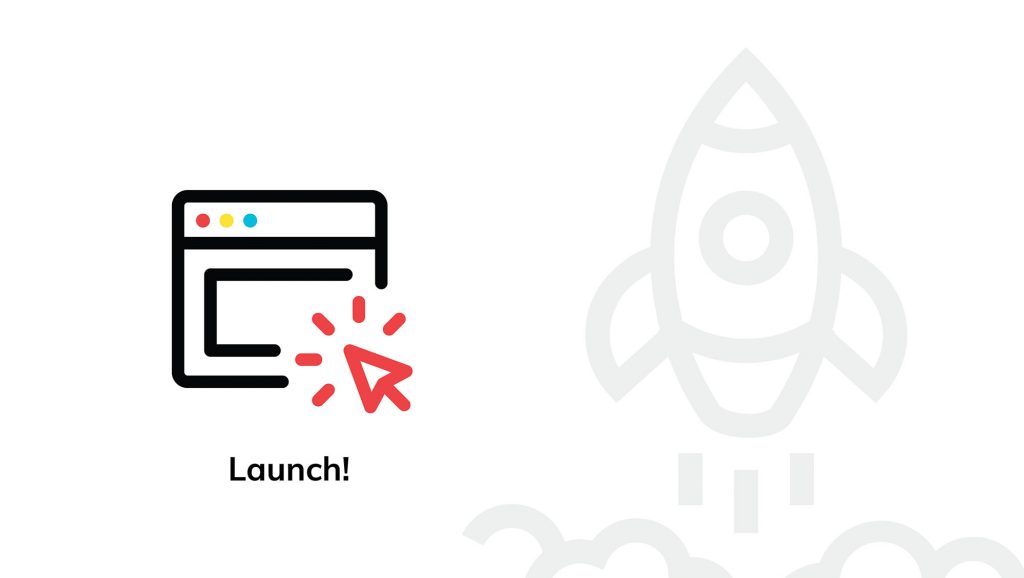Today is the day. You have finally succumbed to the guilt and shame gnawing away at your soul. You know it. I know it. I know that you know that I know it. Your website sucks. From the
And you know it because, every time someone asks you ‘oh what’s your website address?’ You are quick with the disclaimers, ‘um…here it is…it’s old though, we are working on our new one, it will be up at the end of the month’. Liar!
But today is the day. You are ready to do something about it.
And not just anything. This is not something you are going to bang out on Wix one wine-fueled Saturday afternoon. You want something amazing, professional and world class. Something that reflects the true glory of your brand.
So, you have come to me.
Good choice.
What I’m going to do with you today is ease you in. I’m going to let you in on all the secrets, so you are prepared for the journey that we are going to take together.
You know, even though websites have been around for a very long time and now there are millions of websites on the internet, they have not gone out of fashion. The website is still very relevant and the cornerstone of your digital brand.
How many times do you meet a new person or see an ad that catches your eye and then immediately pop over to their website to find out more? Quite a bit right? Your website is usually the second or third point of contact a new prospect would have with your business. If you play your cards right, you can make amazing things come from that contact
But, in many cases, websites fall very flat on what they can do and become. From just terrible dated design, to missing information or content that hasn’t been updated since the day it was uploaded, many websites fail for many reasons.
As entrepreneurs or company people, we know that a strong web presence is important but fixing the website gets relegated to a ‘some-day’ pile of to do lists. There are just too many moving parts to getting it right. But revamping or starting your website from scratch does not have to be a harrowing experience. It is hard work yes, but it can actually be very streamlined.
I’m going to walk you through my process and highlight a few things that are important for you to note going into the exercise with me or any other web designer or agency.
Supposing you want a website that is actually good.
- Set some goals

Why do you even want a website in the first place? What are your goals for the site? What are your goals for your business or organization? How does your website factor into the achievement of that goal? What do you want your website to do for you?
Most people treat websites as nothing more than digital profiles – regurgitation of information about who they are and what they do. That is barely scratching the surface of what a website can do, but that is a topic for another post.
If you are just starting up your website for the first time, you might simply want to introduce your company, product or service to the market. You want to have online presence once you launch. You want people to be able to find out more about what you have to offer, so by the time they pick up the phone to call you or order, they have a clear sense of what you offer and what they want. You might even use your website to gauge interest, to see how many people will sign up from your brand-new hot thing.
If you are revamping your website, your reasons might be different. Perhaps the organization has grown, racking up awards and early wins, and now, a couple of years down the line, your website does not reflect the level of expertise and impact your company is at now. Or maybe you pivoted and the story you told online previously says nothing about your new direction. Or maybe your old web guy ran away with your money and now you are stuck with a site that you cannot update or improve.
So, what is your goal? More sales? More visitors? More signups? Again, how will this website feature as a tool to help your organization, company or brand reach its targets

Who are you trying to speak to? Who will be visiting your site? What do they want? What do they need to see? What action would you like them to take?
Your website does not exist to stroke your ego or fly self-congratulatory messages about your storied past. It exists to serve an audience. That could be your customers and consumers, that could mean the media, that could mean your investors. Many times, it’s all of them and more that you need to reach on your website, and you need to prioritize that accordingly on the website

This stage is really the Information Architecture phase, which is just a fancy of way of saying we will decide what content you need and where it should be placed on your website. Based on your goals, your audience and your message, your designer/agency/web guy will work with you to plan out what pages you need and what should be on those pages.
This is like an architect drawing the building plans before you start breaking walls and remodeling. The result of this stage is a diagram called the site map

This is usually where the project slows down considerably. Content making is hard work and there are no shortcuts. If you want to do it right, you have to invest the time and effort.
Make the time to go through your existing content if you are revamping your website. Decide what to keep, what to remove, keeping your audience needs and your goals in mind.
If you are starting from scratch, take the time to create content. Write the words, source the images, shoot the videos, get everything you need on the website together and deliver it to your designer/agency/web guy. Some of these kind service providers might go as far as developing the content for you engaging with copywriters, photographers, illustrators, whatever is needed to provide stunning content.
Point is, this tends to be the sticky point in the process, so either dedicate someone to making sure the content is sorted or allocate a portion of your budget to content creation.
Content is the lifeblood of your brand, so spend time on it accordingly.
5. Design the website
I know you thought this step would come sooner. After all it is just a website, right? The designers and the tech geeks sit down with our toys and put some pretty pictures together and bam! All done. If only we could be so lucky. Before we design, we need to research and plan and know things before we start playing with colours and pictures.
After all that homework, welcome to the fun part.
Hopefully, you have some sort of visual identity in place – a good logo, designated fonts, colours, imagery, tone of voice. These are the ingredients that will be chopped up and used in various combinations to communicate your content in a way that is consistent and brand building. Working on your website, especially as a revamp is a good time to relook at your whole corporate identity, even your business and brand strategies, to make sure everything aligns and affirms your brand.
Design is important, the way your website looks is important. Your web guy or agency will work hard to make it easily accessible, and user friendly. It will have to be mobile friendly as well, because we use our phones for everything these days. Look out for clear crisp images, keep text minimal or chunked. Respect design principles – hierarchy, scale, repetition, etc. Make it look good.
To do this, we use wireframes and prototypes. Wireframes are basically diagrams that show visually how content blocks would sit on the web pages. On these bare bones blueprints, we then create high-fidelity mockups – designed examples of the webpages with the images and content and videos you have created. This prototype can be either static like on a pdf or image file, or with a bit of interaction on a platform like Figma or Invision to show how the site will behave.
6. Develop the website

The actual build-out. Now that we have taken the time to do all of the above, setting goals, defining an audience, sketching out a site map and designing the layouts, this part should be a piece of cake.
Here we build the site is according to the designs, including whatever functionality that is needed – contact forms, subscription, bookings, etc. Your developer might create this from scratch or build on a Content Management System like WordPress. WordPress is very popular as it also makes it easier for the client to manage post launch.
Once the build-out is all done, it’s time to put it to the test.
7. Make sure it works
You have done a lot of hard work to get here so far. Well done.
Now test the site. Check every link, try out the contact forms. Try out the site on a PC, on a Mac, on different phones. Things move around sometimes and different browsers handle differently, so it is good to make sure everything is on point regardless of what the user is accessing it from.
8. Go Live!!!!

Put it out to the world for all to see. Your launch can be as simple as just loading the site to your domain and clicking publish and giving yourself a little pat on the back. Or pop a bottle of champagne to celebrate (I actually did this once). It’s up to you.
Let people know. You have worked hard and they need to see it. A website launch party is one way to do it, bring your stakeholders into one place and force them to gaze upon the glory that is your new website. You could also send an email blast notifying them of your new and hopefully improved website that meets their needs. That is also perfectly fine.
So, there you have it, I’ve broken down the steps that I, and many other professionals worth their salt take in crafting professional and amazing websites.
But wait…there’s more. This is really the start of a new journey. Once you have done all of this and launched a spanking new site to the world, what comes next?
Sure, you could just leave it alone and let it gather dust for the next few years until you are ready to revamp it again for an AR environment. Or….
You can make your website do things for you. Like bringing in a steady stream of visitors and building an audience that becomes your private lake to fish prospects from and grow your business.
To do that well, you need a new strategy, a content strategy, but we’ll talk about that another time.





